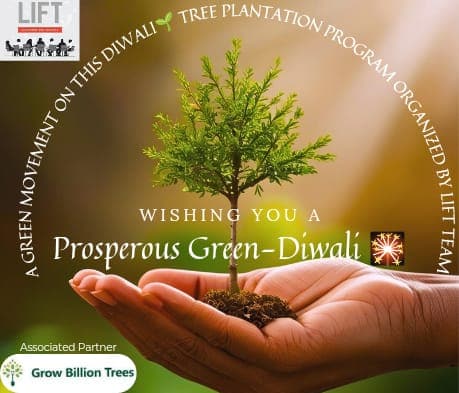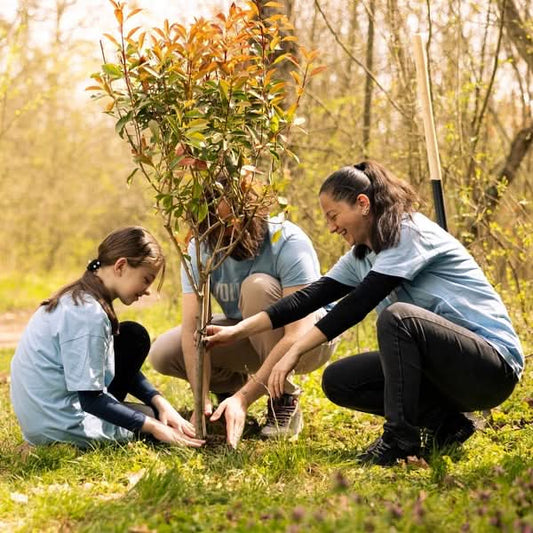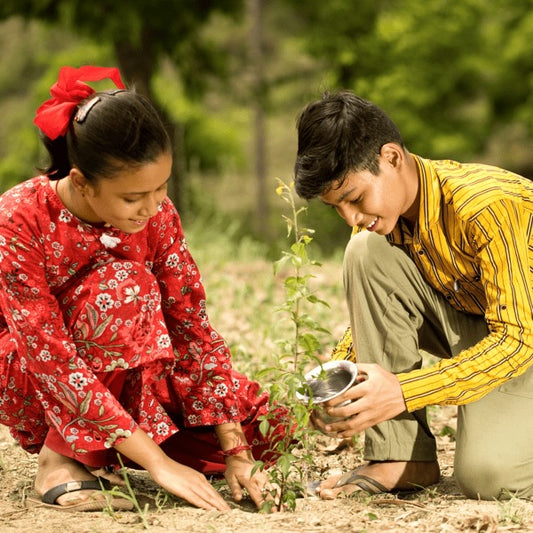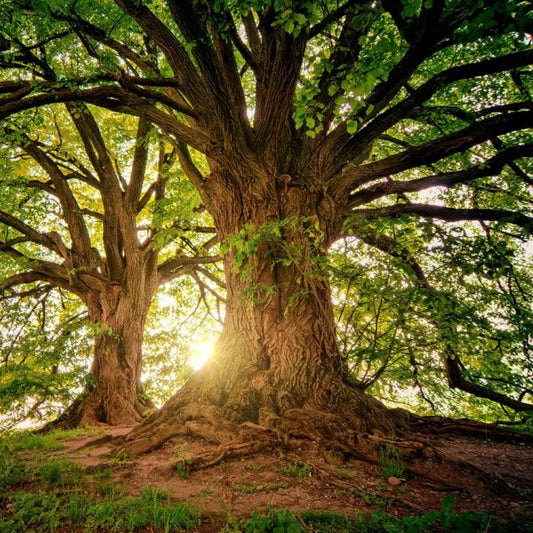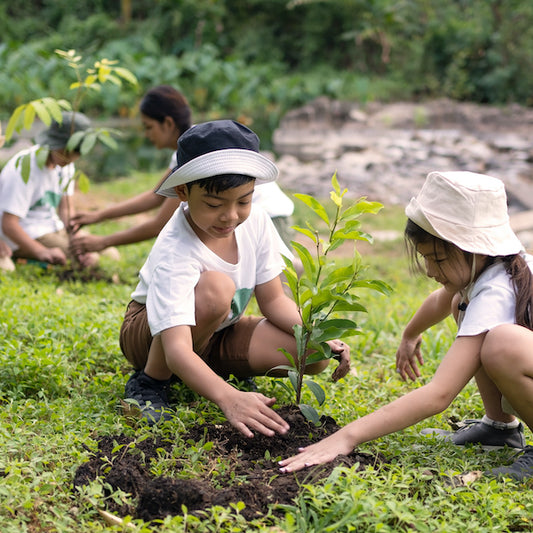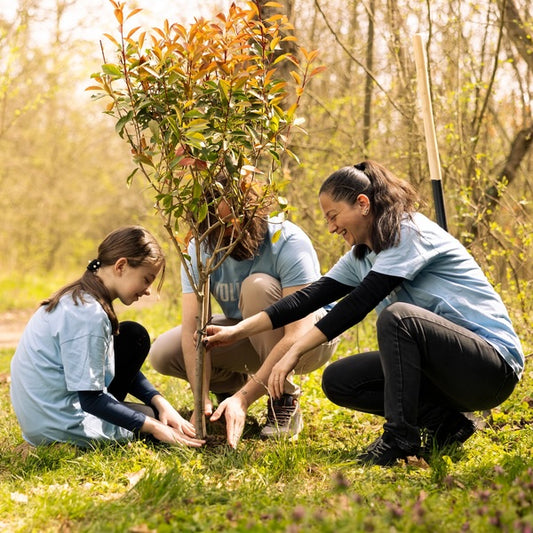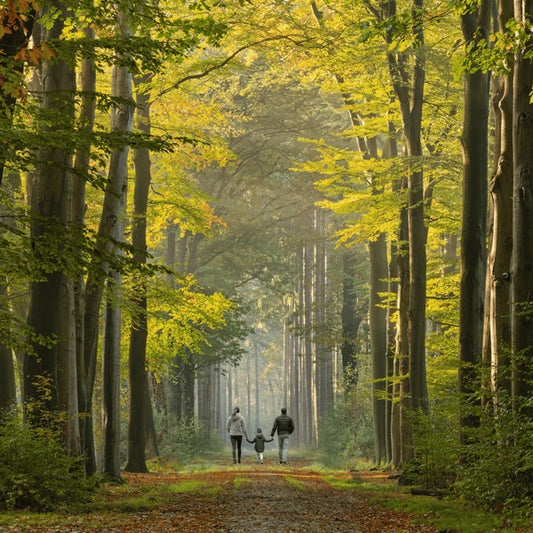Replenishing What We Use: Grishma & Aniruddh Bhayani’s Green Contribut
Grishma and Aniruddh Bhayani, driven by their deep-rooted commitment to environmental sustainability, have embarked on a meaningful tree plantation in Read more
Project Update 3
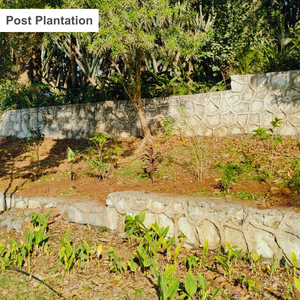
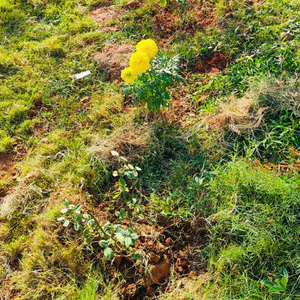

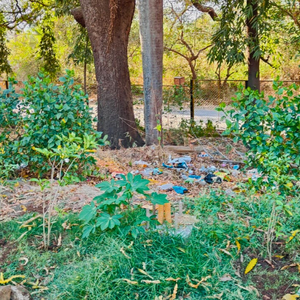
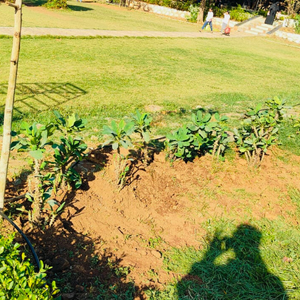
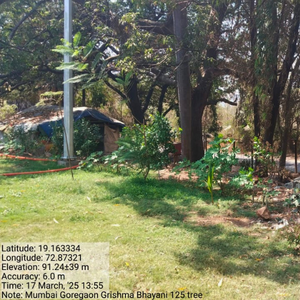
Project Update 2
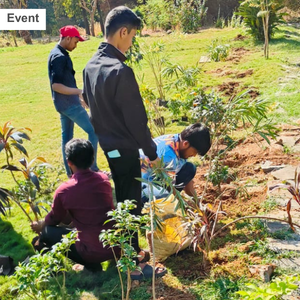
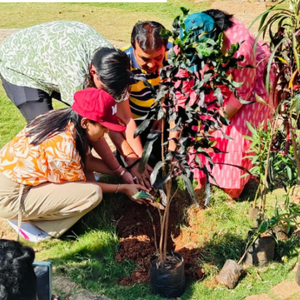
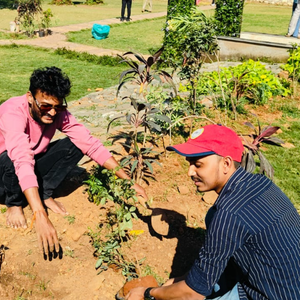
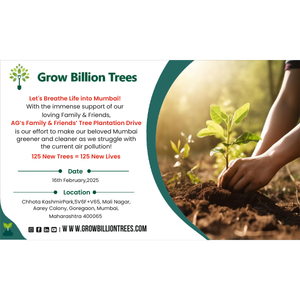
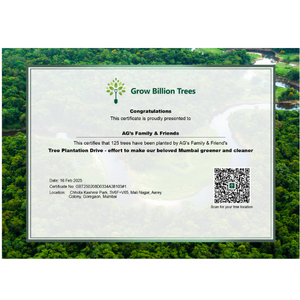
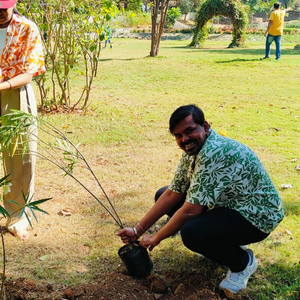
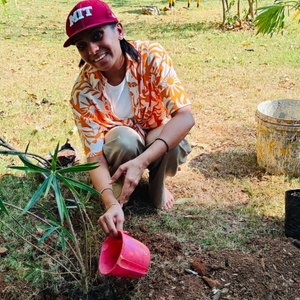
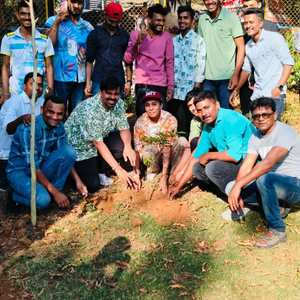
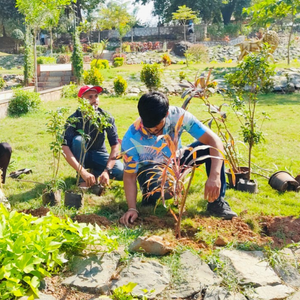
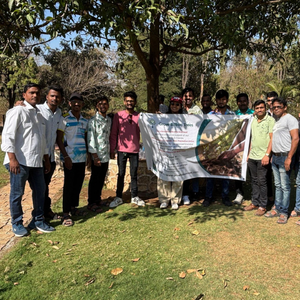
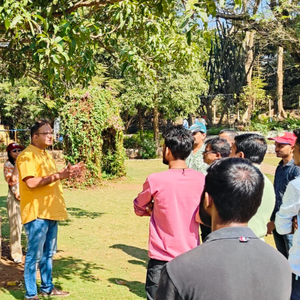

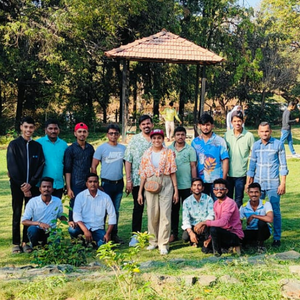
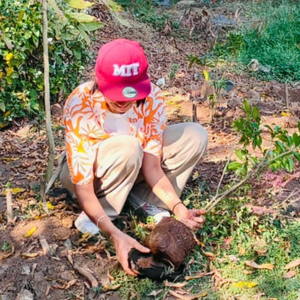
Project Update 1
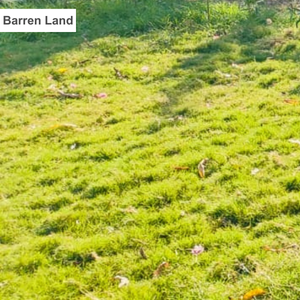

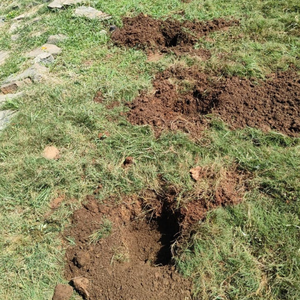
Digital Forest
Forest with 125 Trees planned
Want to plant your tree now?
Plant a Tree @ 299Trees Planted
Replenishing What We Use: Grishma & Aniruddh Bhayani’s Green Contribution
Grishma and Aniruddh Bhayani, driven by their deep-rooted commitment to environmental sustainability, have embarked on a meaningful tree plantation initiative under the urban forest concept. As entrepreneurs in the tissue industry, they recognize the importance of trees in maintaining ecological balance and wish to give back to nature in a unique and impactful way.
Their initiative focuses on creating lush green spaces in urban areas, helping to counteract deforestation and enhance biodiversity. By planting trees, they aim to contribute to cleaner air, improved urban landscapes, and a healthier environment for future generations. This initiative reflects their vision of sustainability, reinforcing the idea that businesses and individuals can coexist harmoniously with nature. Through this thoughtful effort, Grishma and Aniruddh Bhayani are not only nurturing greenery but also inspiring others to take proactive steps toward a greener, more sustainable world.
Tree Plantation Date
16th February 2025
Plantation Location
4-A, Aarey Colony, Goregaon, Mumbai, Maharashtra - 400065
Trees Planted
Total Count: 125 Trees
Species Name: Kaner, Mogra
Forest Type: Urban Forest
Grishma and Aniruddh Bhayani, driven by their passion for sustainability, have initiated a tree plantation initiative under the urban forest concept to give back to nature. As founders of a tissue company, they recognize the critical role trees play in maintaining ecological balance and seek to make a meaningful contribution by replenishing greenery. Their initiative focuses on transforming urban spaces into lush, thriving ecosystems, enhancing biodiversity, and improving air quality. By planting trees, they aim to counteract deforestation and inspire a culture of environmental responsibility. This initiative is a testament to their commitment to a greener future, proving that businesses and nature can coexist harmoniously through conscious action.
Advantages Of Urban Forest
Enhancing Green Cover in Urban Spaces
The tree plantation initiative by Grishma and Aniruddh Bhayani contributes to increasing greenery in urban areas, transforming concrete landscapes into thriving ecosystems. By planting trees strategically, they help create urban forests that offer shade, reduce heat, and provide a refreshing environment.
Improving Air Quality
Trees play a crucial role in absorbing carbon dioxide and filtering pollutants from the air. Through this initiative, the Bhayanis help combat urban air pollution by introducing more oxygen-producing trees, leading to cleaner and healthier air for city residents.
Restoring Ecological Balance
As entrepreneurs in the tissue industry, the Bhayanis understand the importance of maintaining a balance between consumption and replenishment. Their tree plantation efforts help restore nature’s equilibrium, ensuring that trees lost to industrial use are replenished through responsible action.
Boosting Biodiversity
Urban forests provide habitat and shelter for birds, insects, and small wildlife, enhancing biodiversity. By planting a variety of native and fruit-bearing trees, the initiative helps create micro-ecosystems that support local flora and fauna, making cities more nature-friendly.
Mitigating Climate Change
Trees act as carbon sinks, absorbing greenhouse gases and reducing the urban heat island effect. This plantation drive by the Bhayanis aids in lowering temperatures, preventing soil erosion, and improving overall climate resilience in urban environments.
Encouraging Community Engagement
The Bhayanis’ tree plantation initiative serves as an inspiration for individuals, businesses, and communities to take part in environmental conservation. Their efforts encourage a collective responsibility toward sustainability and motivate others to participate in similar green projects.
Enhancing Aesthetic and Mental Well-being
Green spaces in cities are known to have a positive impact on mental health, reducing stress and promoting relaxation. The urban forest initiative not only beautifies the surroundings but also fosters a healthier and happier urban lifestyle.
Promoting Sustainable Business Practices
By initiating this tree plantation drive, the Bhayanis set an example of how businesses can integrate sustainability into their corporate ethos. Their initiative reflects a commitment to corporate social responsibility (CSR) and environmental stewardship, aligning business growth with ecological well-being.
Activities During Tree Plantation
During Grishma and Aniruddh Bhayani’s tree plantation initiative, the site was meticulously prepared in advance to ensure a smooth and efficient planting process. On the day of the plantation, they actively participated by planting saplings in pre-dug pits, and carefully placing each tree to ensure optimal growth. After planting, they watered the saplings, providing them with the necessary nourishment to take root in their new environment. This hands-on approach not only contributed to creating a thriving urban forest but also reinforced their commitment to environmental sustainability. Their efforts symbolize a thoughtful and purposeful way of giving back to nature, ensuring that the trees they planted will grow into a lasting green legacy.
Tree Plantation Purpose
SDGs Achieved Through Grishma and Aniruddh Bhayani’s Tree Plantation Initiative in the Urban Forest Concept:
1. SDG 3: Good Health and Well-being
The urban forest initiative contributes to cleaner air by reducing pollutants and increasing oxygen levels, directly benefiting public health. Trees also have a positive impact on mental well-being by creating green spaces that promote relaxation, reduce stress, and enhance overall quality of life.
2. SDG 6: Clean Water and Sanitation
Trees play a crucial role in water conservation by improving groundwater recharge and reducing runoff. The Bhayanis’ tree plantation initiative helps prevent soil erosion and improve the quality of water sources, ensuring sustainable water management in urban areas.
3. SDG 8: Decent Work and Economic Growth
Tree plantation initiatives create employment opportunities for local communities, including site preparation, sapling care, and maintenance. By investing in urban forests, the Bhayanis support green jobs and contribute to a more sustainable and environmentally conscious economy.
4. SDG 11: Sustainable Cities and Communities
By transforming urban areas into green spaces, the initiative helps mitigate the urban heat island effect, improves air quality, and enhances city resilience to climate change. Urban forests make cities more livable, fostering sustainable urban development.
5. SDG 12: Responsible Consumption and Production
The Bhayanis, being in the tissue industry, recognize the importance of replenishing the resources they use. By planting trees, they actively contribute to sustainable resource management and promote the idea of responsible consumption and production.
6. SDG 13: Climate Action
Trees are one of the most effective natural solutions for combating climate change. The initiative helps absorb carbon dioxide, reduce greenhouse gases, and contribute to climate mitigation efforts, making it a proactive step in climate action.
7. SDG 15: Life on Land
The plantation initiative enhances biodiversity by creating a natural habitat for birds, insects, and other wildlife. By restoring greenery in urban areas, the Bhayanis contribute to ecosystem conservation, soil restoration, and overall environmental health.
8. SDG 17: Partnerships for the Goals
Grishma and Aniruddh Bhayani’s partnership with Grow Billion Trees has been instrumental in achieving SDG 17: Partnerships for the Goals, fostering collaboration for environmental sustainability. By joining hands with an established green initiative, they have amplified their impact, ensuring that their tree plantation efforts align with global sustainability standards. This partnership has enabled them to access expert guidance, quality saplings, and scientifically planned afforestation techniques, maximizing the success rate of their urban forest initiative. Moreover, by working together, they have inspired other businesses and individuals to take collective action, proving that meaningful partnerships can drive large-scale environmental change and create a lasting green legacy.
ESG Achievements Through Grishma and Aniruddh Bhayani’s Tree Plantation Initiative in the Urban Forest Concept:
Environmental (E): Protecting and Restoring Nature
Grishma and Aniruddh Bhayani’s tree plantation initiative significantly contributes to environmental sustainability by enhancing urban green cover, improving air quality, and promoting biodiversity. By planting trees in pre-dug pits within an urban forest setting, they actively work towards carbon sequestration, mitigating the effects of climate change. Their initiative also supports water conservation by reducing soil erosion and improving groundwater retention. As business leaders in the tissue industry, their commitment to replenishing natural resources demonstrates responsible environmental stewardship, ensuring that they give back more than they consume.
Social (S): Community Well-being and Engagement
This initiative fosters a deeper connection between people and nature, promoting awareness about the importance of sustainability. By creating green spaces in urban areas, the Bhayanis contribute to public health by providing cleaner air, reducing urban heat, and enhancing overall well-being. Their efforts also encourage community participation, inspiring employees, stakeholders, and residents to engage in environmental conservation. Additionally, urban forests contribute to mental wellness by offering serene, natural spaces that help reduce stress and improve quality of life.
Governance (G): Ethical and Sustainable Business Practices
Through this tree plantation initiative, the Bhayanis reinforce strong governance by integrating sustainability into their business ethos. Their decision to partner with Grow Billion Trees reflects a commitment to responsible corporate practices and long-term environmental accountability. By aligning their corporate social responsibility (CSR) efforts with measurable environmental impact, they set an example of how businesses can contribute to global sustainability goals. Their governance approach highlights transparency, ethical decision-making, and a commitment to making a positive environmental and social impact beyond business growth.
Commitment by Grow Billion Trees
Grow Billion Trees is committed to driving sustainable plantation efforts, ensuring every initiative aligns with key environmental objectives and promotes long-term ecological balance. We focus on selecting native tree species that are well-adapted to local ecosystems, ensuring a higher survival rate and stronger environmental impact.
To maintain plant health and longevity, Grow Billion Trees emphasizes continuous maintenance and regular monitoring of the plantations. This approach helps ensure that each tree thrives, contributing effectively to both biodiversity and climate resilience.
Transparency is a core principle in our operations. Clients receive comprehensive reports, including geo-tagging of planted trees, survival rate updates, and ongoing progress reports. This level of openness allows clients to track the direct impact of their contributions, reinforcing trust and accountability.
Through our dedication to sustainable practices, Grow Billion Trees ensures that every plantation project leaves a lasting positive footprint on both the environment and the local communities it serves.
Summary
Grishma and Aniruddh Bhayani initiated a tree plantation drive in the urban forest concept to give back to nature. As tissue industry entrepreneurs, they recognized the importance of restoring greenery and took a sustainable approach by planting trees in a pre-prepared site, personally placing saplings in pre-dug pits, and watering them. Their efforts contribute to urban biodiversity, air purification, and climate resilience. Partnering with Grow Billion Trees, they amplified their impact, reinforcing their commitment to sustainability and environmental conservation, and inspiring others to take action for a greener future.
Trees for Corporates
Trending
Most Popular
1. Urban Forest Sustainability
Sustainability isn’t just a buzzword—it’s the lifeline of a thriving city! Urban forests, when nurtured by individuals, become natural air purifiers, carbon sinks, and stress-relief hubs. Imagine walking through a city where trees outnumber buildings—sounds like a dream, right? By planting trees, individuals contribute to long-term ecological balance, combating urban heat and boosting biodiversity. Plus, trees don’t ask for much—just some care, water, and love. So, whether you're a weekend warrior planting saplings or a daily caretaker of greenery, your efforts ensure our concrete jungles remain breathable, beautiful, and bursting with life!
2. Individual Role in Urban Reforestation
Think you need to be a billionaire to make a difference? Think again! Every tree planted by an individual is a power move against climate change. Urban reforestation isn't just a government gig; it thrives on personal passion. Whether it’s planting in your backyard, adopting a sidewalk sapling, or lobbying for more green spaces, your small step fuels a massive impact. Plus, planting trees is a guilt-free excuse to get your hands dirty. So, grab that shovel and start greening your neighborhood—Mother Earth will thank you with shade, fresh air, and maybe a bird or two for company!
3. Eco-friendly Urban Living
Forget the latest gadgets—going green is the ultimate lifestyle upgrade! Eco-friendly urban living starts with tree plantations, turning dull, lifeless spaces into thriving oxygen hubs. Trees reduce pollutants, lower city temperatures, and even boost mental well-being (yes, hugging a tree does work!). Individuals who plant trees are modern-day superheroes, swapping capes for gardening gloves. Whether it’s rooftop gardening or community tree drives, small efforts lead to lush, breathable cities. So, ditch the plastic, embrace the plants, and make urban living as green as possible—one sapling at a time!
4. Community-driven Urban Forestry
Why let city planners have all the fun? Community-driven urban forestry puts tree plantation in the hands of individuals who truly care. When neighbors unite to plant trees, magic happens—streets get greener, air gets fresher, and bonds grow stronger. Think of it as a group workout, but for the planet! Whether it’s a weekend tree drive or adopting a neglected patch of land, every effort adds up to a healthier, happier, and shadier city. So, gather your squad, pick a park, and let’s grow some oxygen together!
5. Tree Plantation Benefits for Individuals
each tree is a step toward cleaner air, happier minds, and a greener future!
6. Personal Carbon Footprint Reduction
Want to offset that extra-long shower or weekend road trip? Plant a tree! Trees are natural carbon vacuums, sucking in CO₂ and gifting us fresh oxygen in return. Urban dwellers can slash their carbon footprint simply by adding more greenery to their surroundings. And the best part? Unlike gym memberships, trees actually thrive without constant attention. So, swap some screen time for planting time, and watch your personal carbon debt shrink—one sapling at a time!
7. DIY Urban Greening Projects
Who says you need a backyard to be a tree enthusiast? DIY urban greening projects prove that creativity and sustainability go hand in hand. From balcony gardens to guerrilla gardening in abandoned spaces, individuals are revolutionizing urban landscapes. Imagine turning your rooftop into a mini forest or sneaking a sapling into a forgotten corner of your city—sounds thrilling, right? So, if you’re up for an eco-friendly adventure, grab a seedling, find a spot, and let your inner gardener shine!
8. Future of Individual Tree Planting
The future is green, and individuals are the driving force behind it! With urbanization on the rise, personal tree planting efforts will define the sustainability of tomorrow’s cities. Imagine AI-assisted tree care, drone-assisted afforestation, and smart irrigation systems—sounds futuristic, but it’s closer than you think! The more individuals take charge today, the greener and healthier our cities will be. So, whether you plant one tree or one hundred, know that your contribution is literally shaping the future—leaf by leaf!
FAQ
What is an urban forest, and why is it important?
An urban forest is a collection of trees within a city that helps improve air quality, reduce temperatures, and enhance biodiversity. It plays a crucial role in combating pollution, providing shade, and creating a healthier environment for city dwellers. As an individual, planting trees in urban spaces contributes to sustainability, supports wildlife, and improves mental well-being. By increasing green cover, urban forests make cities more livable and resilient to climate change.
How can individuals contribute to tree plantation in urban areas?
Individuals can plant trees in backyards, balconies, community spaces, or participate in local plantation drives. Volunteering with environmental organizations and adopting neglected urban spaces for greenery can make a huge impact. Even simple actions like caring for existing trees, watering saplings, or encouraging tree planting in schools and offices can contribute to an urban forest. Every small effort adds up to a greener, healthier city.
What are the benefits of tree plantation for individuals?
Tree plantation offers fresh air, reduced noise pollution, and lower temperatures, making cities more comfortable. It also enhances mental health by reducing stress and promoting relaxation. Trees absorb carbon dioxide, helping combat climate change while improving biodiversity by supporting birds and pollinators. For individuals, planting trees is a long-term investment in sustainability, increasing property value and improving overall well-being.
Which trees are best suited for urban forests in India?
Native trees like Neem, Peepal, Banyan, Jamun, Gulmohar, and Ashoka thrive in Indian cities. These species are drought-resistant, require minimal maintenance, and provide excellent shade and air purification. Fast-growing fruit trees like Mango, Guava, and Jackfruit also add greenery while offering food benefits. Choosing local tree species ensures they adapt well to the environment and support urban biodiversity.
How does tree plantation help reduce an individual’s carbon footprint?
Trees absorb carbon dioxide, reducing greenhouse gas emissions and improving air quality. By planting and maintaining trees, individuals can offset their carbon footprint from daily activities like driving or using electricity. A single mature tree can absorb about 22 kg of CO₂ annually. Planting more trees in urban spaces creates a natural carbon sink, helping balance human impact on the environment.
What challenges do individuals face in urban tree plantation?
Limited space, pollution, and lack of awareness are common challenges. Urban land constraints often make large-scale tree planting difficult, and pollution affects tree survival. Additionally, lack of proper care leads to sapling mortality. However, innovative solutions like vertical gardens, rooftop plantations, and community-led greening efforts help overcome these issues. Choosing the right tree species and engaging local communities ensures long-term success.
How can urban forests help in climate change mitigation?
Urban forests absorb carbon dioxide, lower city temperatures, and reduce the heat island effect caused by concrete and asphalt. They act as natural air filters, removing pollutants and improving overall air quality. By enhancing water retention and reducing soil erosion, they also help prevent urban flooding. Planting more trees in cities strengthens climate resilience and makes urban areas more sustainable.
Is tree plantation expensive for individuals?
Tree plantation can be done at minimal cost, especially when choosing native, self-sustaining tree species. Many NGOs and government programs provide free saplings and support community tree-planting initiatives. Even small-scale efforts like growing saplings at home, sharing seedlings, or participating in community plantations are affordable ways to contribute. The long-term benefits, such as reduced energy bills due to natural cooling, outweigh the initial costs.
How can individuals ensure tree survival in urban areas?
Regular watering, protecting saplings from damage, and using organic compost for healthy growth are essential. Creating tree guards prevents damage from animals or vehicles. Community involvement ensures long-term care, with volunteers or local groups taking responsibility. Choosing native, low-maintenance trees increases survival rates. A little effort in the first few years ensures trees thrive and continue benefiting the environment for decades.
What is the future of urban tree plantation in India?
With rapid urbanization, tree plantation is becoming a necessity. Increased awareness, government initiatives, and corporate participation are driving more urban greening projects. Sustainable city planning now integrates green spaces, and individuals are playing a crucial role by adopting eco-friendly practices. The future of urban forestry in India looks promising, with growing efforts towards creating greener, healthier cities for future generations.
- Choosing a selection results in a full page refresh.
- Opens in a new window.




